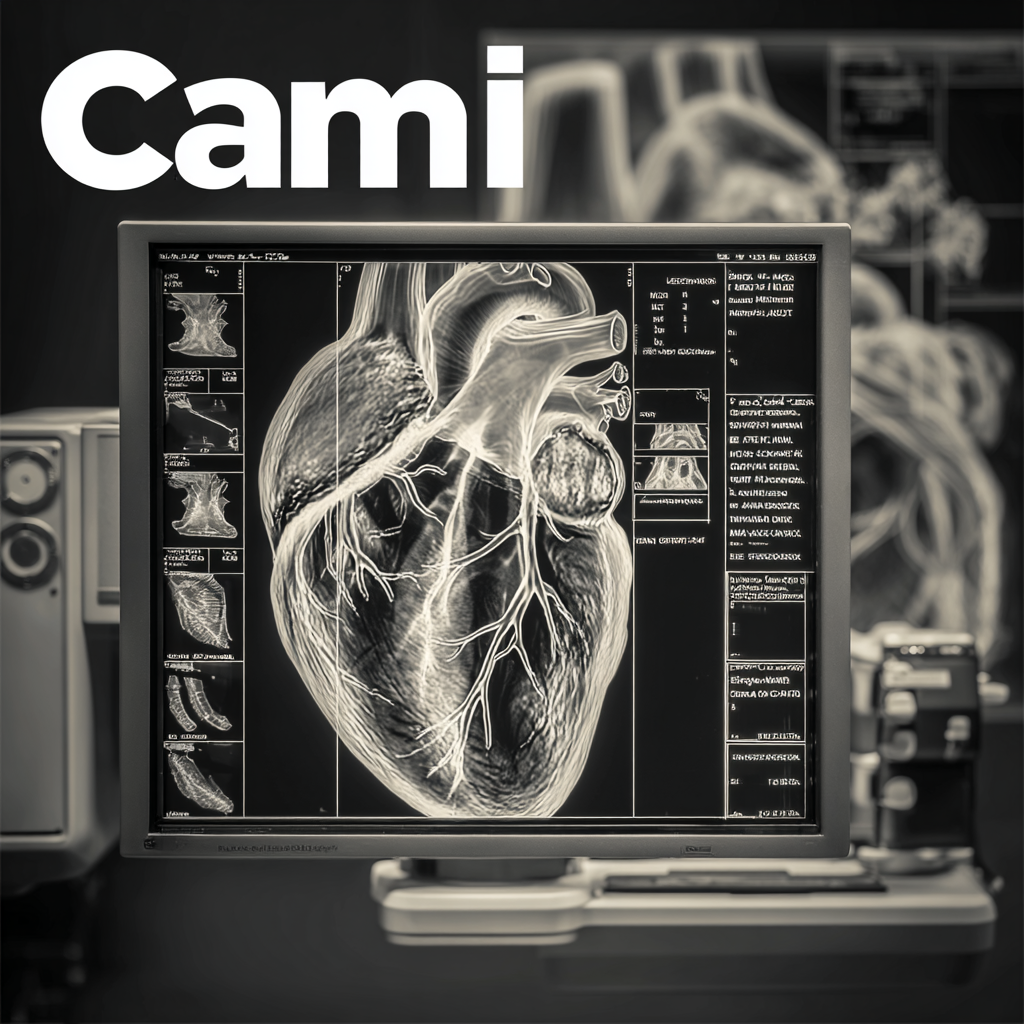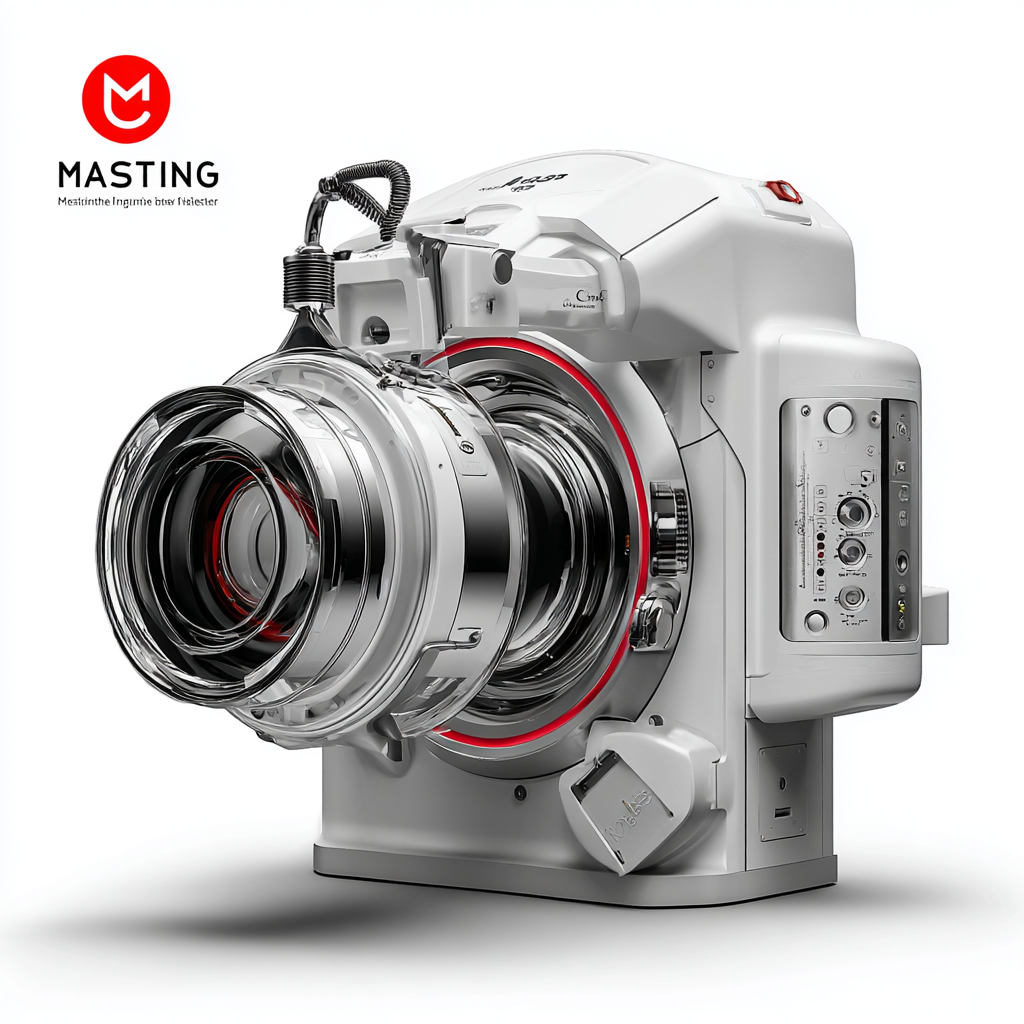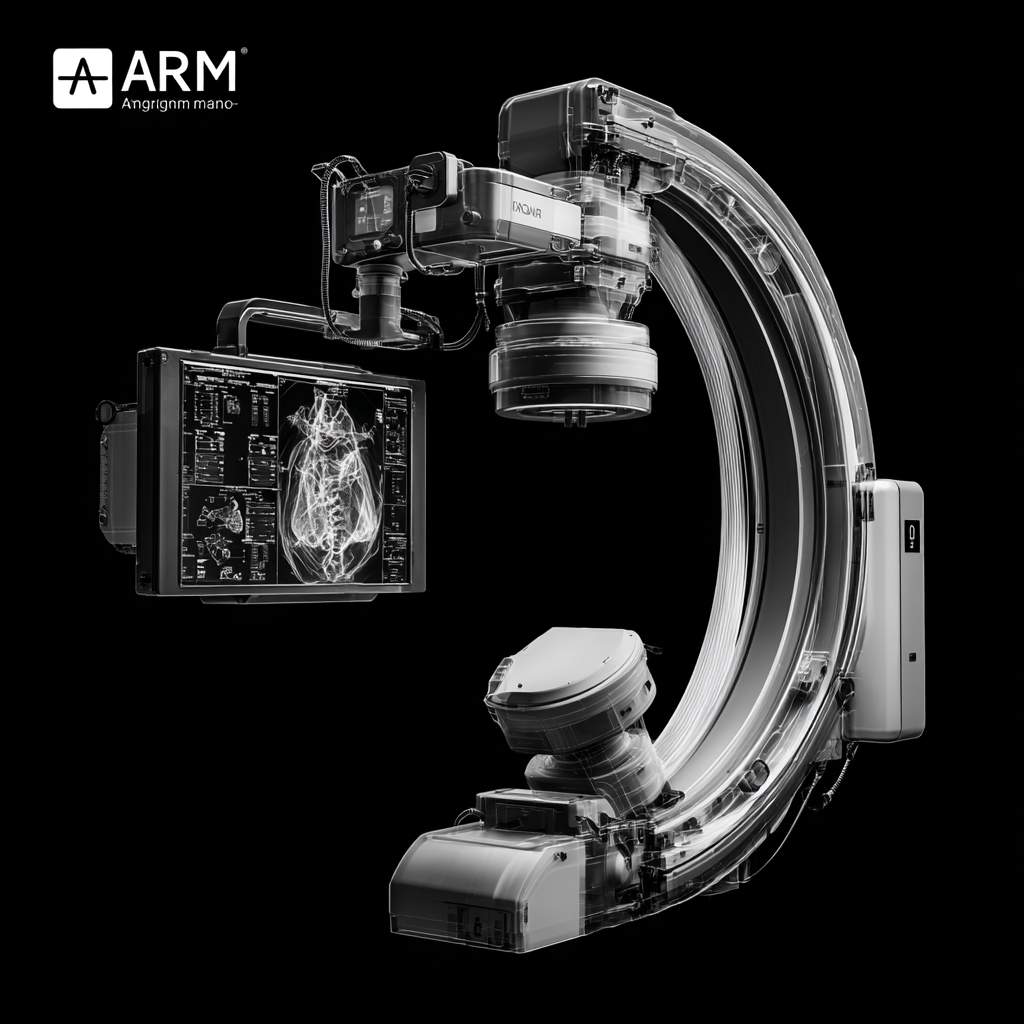Services
Mastering the Best C Arm Image Intensifier for Optimal Imaging Results
In the rapidly evolving field of medical imaging, the C Arm Image Intensifier stands as a pivotal technology, enhancing the quality and efficiency of diagnostic procedures. According to a recent report by Market Research Future, the global market for C Arm systems is projected to witness a compound annual growth rate (CAGR) of 4.2% from 2021 to 2028, underscoring an increasing demand for high-quality imaging solutions. As healthcare facilities prioritize precision and reliability, mastering the optimal C Arm Image Intensifier becomes crucial for delivering superior imaging results.

This blog will delve into the features and advancements in C Arm technology, showcasing how high-quality manufacturing processes, particularly in leading Chinese factories, contribute to producing exceptional imaging products that meet stringent international standards. By understanding the critical aspects of C Arm Image Intensifiers, healthcare professionals can leverage these tools to enhance patient outcomes and streamline diagnostic workflows.
Understanding C Arm Image Intensifiers: Key Technologies and Their Alternatives
 C Arm image intensifiers are essential components in the field of medical imaging, significantly enhancing the quality of radiographic images. At the heart of these devices lies a combination of advanced technologies, such as cesium iodide (CsI) scintillators and high-resolution digital detectors. Cesium iodide is known for its exceptional light-gathering efficiency, which translates to brighter images with minimal radiation exposure for patients. This is crucial in a clinical setting, where image clarity can directly impact diagnostic accuracy and patient safety.
C Arm image intensifiers are essential components in the field of medical imaging, significantly enhancing the quality of radiographic images. At the heart of these devices lies a combination of advanced technologies, such as cesium iodide (CsI) scintillators and high-resolution digital detectors. Cesium iodide is known for its exceptional light-gathering efficiency, which translates to brighter images with minimal radiation exposure for patients. This is crucial in a clinical setting, where image clarity can directly impact diagnostic accuracy and patient safety.
While C Arm image intensifiers offer remarkable benefits, it is also important to consider alternatives that may suit specific medical imaging needs. For instance, flat-panel detectors are gaining popularity due to their compact design and improved image quality. They provide a wider dynamic range and can enhance the visualization of detailed structures, especially in complex procedures. Understanding the differences between these technologies allows healthcare professionals to make informed decisions, optimizing imaging outcomes tailored to patient requirements and procedural demands.
Comparative Analysis of Conventional vs. Digital C Arm Systems for Imaging
The advancement of medical imaging technologies, particularly in the realm of C-arm systems, has significantly enhanced surgical precision and patient outcomes. A comparative analysis reveals that digital C-arm systems offer superior imaging capability over conventional ones, providing higher resolution images, faster acquisition times, and enhanced post-processing capabilities. For instance, three-dimensional reconstruction imaging from digital C-arm computed tomography has been shown to accurately visualize in-stent neointimal formation, crucial for monitoring patients who have undergone stent-assisted coil embolization.
In procedures like C1–C2 pedicle screw placement, studies indicated that systems utilizing O-arm navigation and individualized 3D-printed guides have demonstrated improved accuracy compared to traditional C-arm fluoroscopy. This highlights the importance of adopting advanced imaging techniques to minimize complications and optimize interventional strategies.
Tip: When choosing a C-arm system, consider not only the image quality but also the ease of integration with existing surgical workflows.
In addition, for interventional procedures such as transarterial chemoembolization for hepatocellular carcinoma, the comparison between C-arm cone beam computed tomography and traditional angiography has shown a shift towards the more innovative C-arm technologies due to their enhanced visualization and reduced radiation exposure for patients.
Tip: Regular training and updates on the latest technologies can ensure that medical professionals make the most of advanced imaging systems for improved surgical outcomes.
Evaluating Portable C Arm Devices: Benefits and Limitations in Clinical Settings
When evaluating portable C Arm devices in clinical settings, there are several benefits to consider. One major advantage is their flexibility and ease of use. These devices can be easily transported to different locations within a hospital or clinic, allowing for real-time imaging during various procedures. This mobility enhances workflow efficiency and can significantly reduce patient wait times for imaging, leading to quicker diagnostic decisions.
However, there are limitations that healthcare providers must keep in mind. Portable C Arm devices may have lower image quality compared to their larger, fixed counterparts. This can affect the diagnostic value of the images obtained, especially in complex cases that require high-resolution imaging. Furthermore, the radiation dose to patients and staff can be a concern, making it essential for users to understand and apply safety protocols effectively.
**Tips:** When using portable C Arm devices, always ensure that the equipment is properly calibrated for optimal image quality. Additionally, consider the positioning of both the patient and the C Arm to minimize radiation exposure while still obtaining the necessary images. Lastly, regular training sessions for staff on best practices can help in maximizing the advantages while mitigating the limitations of these devices.
Mastering the Best C Arm Image Intensifier for Optimal Imaging Results
| Device Model | Image Quality (Rating) | Portability | Power Source | Average Price (USD) |
|---|---|---|---|---|
| Model A | 4.5/5 | High | Battery & AC | $50,000 |
| Model B | 4.0/5 | Medium | AC Only | $40,000 |
| Model C | 4.2/5 | Low | Battery Only | $30,000 |
| Model D | 4.7/5 | High | AC & Battery | $65,000 |
Innovative Alternatives: Advancements in Flat-Panel Detectors for C Arm Imaging
In the realm of medical imaging, the evolution from traditional C Arm image intensifiers to innovative flat-panel detectors has marked a significant advancement in both diagnostic accuracy and patient safety. Recent studies have shown that flat-panel detectors can enhance image quality by up to 30% compared to conventional image intensifiers. This improvement is largely due to the higher sensitivity and improved dynamic range of flat-panel systems, which allow for clearer images in varying lighting conditions. As reported by the Journal of Medical Imaging, flat-panel technology reduces radiation exposure to patients by approximately 40%, making it a compelling alternative in clinical settings.
Moreover, advancements in digital processing algorithms associated with flat-panel detectors contribute to faster image acquisition times and real-time processing capabilities. This results in improved workflow efficiency for healthcare providers. According to a recent survey conducted by the Radiological Society of North America, over 75% of healthcare facilities reported transitioning to flat-panel detectors due to their ability to integrate seamlessly with electronic health records and enhance telemedicine applications. With ongoing innovations in detector technology, the future of C Arm imaging looks promising, with the potential for even greater enhancements in patient care and clinical outcomes.
Comparison of Imaging Performance: C Arm Image Intensifier vs Flat-Panel Detectors
This chart compares the imaging performance between C Arm Image Intensifiers and Flat-Panel Detectors. The spatial resolution and dose efficiency of both technologies are highlighted, showing that Flat-Panel Detectors offer superior performance in both aspects.
Cost-Benefit Analysis of Upgrading to Next-Gen C Arm Image Intensifiers
Upgrading to next-gen C arm image intensifiers can significantly enhance diagnostic capabilities while ensuring optimal imaging results. A recent report from the International Journal of Medical Imaging indicated that modern C arm systems can provide up to 30% improved imaging clarity and reduced radiation exposure, making them an invaluable asset in the surgical suite. Moreover, the long-term cost savings associated with fewer repeat procedures due to enhanced image quality can often outweigh the initial investment in these advanced technologies.

When considering an upgrade, it’s essential to perform a cost-benefit analysis. Take into account not only the purchase price but also maintenance costs, potential training requirements for staff, and the projected increase in procedure efficiency. For example, facilities that invest in next-gen C arm systems report a 20% faster turnaround in surgical procedures, which directly translates to higher revenue generation.
Tip: Conduct a pilot evaluation of the new equipment to assess its impact on your current imaging processes. Tip: Gather feedback from your surgical teams to ensure the new technology meets their needs and enhances workflow efficiency. Exploring financing options or leasing programs can also make the upgrade to state-of-the-art C arm systems more financially feasible, providing a clear pathway to improved patient care.
